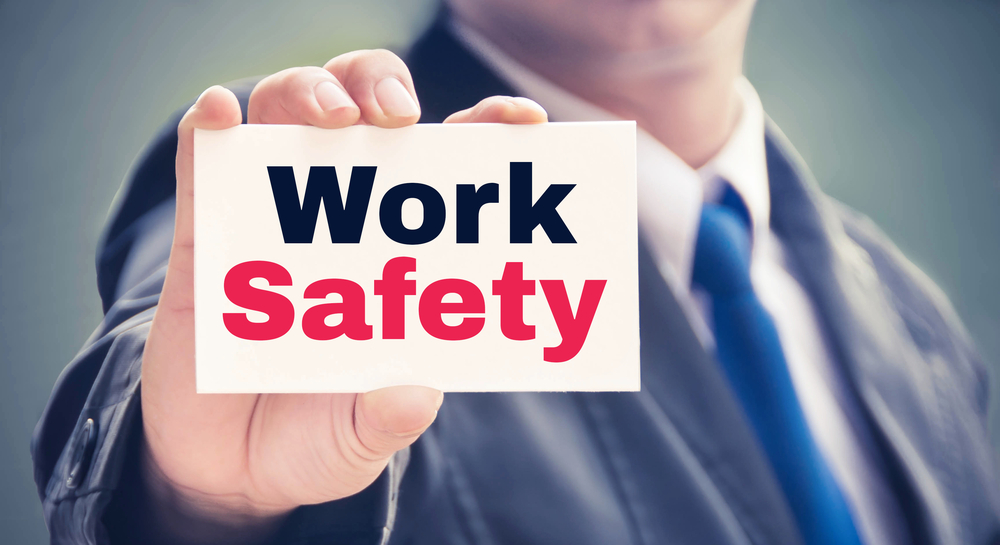As we enter the month of June, it is a good time to embrace National Safety Month and ask, what is a leader’s role in the safety and well-being of the people on their team or in their organization? As a leader, you have a unique and valuable opportunity when it comes to safety. What you do to create a safe working environment affects a lot more than production at work. It extends to the real stuff of everyday life.
In 2019, there were 5,333 fatal workplace injuries in the United States. That is the highest number of deaths since 2007. Whether you work within the corporate office or the field, behind a desk or a machine, the mindset and culture of safety could be the difference between life and death.
What Changed?
The spike in workplace injuries and death could be due to a renewed pressure on production, or it could be because we tend to relax our focus on the work in front of us in times of favorable economic conditions. It is common to form bad habits in good times. So, what are we to do?
Everything Rises and Falls on Leadership
John Maxwell teaches everything rises and falls on leadership. If you want to have a safe AND productive workplace, effectiveness will depend on the mindset and culture you, the leader, create for your team. When it comes to mindset and culture, you either default or design what you see in the workplace. Intentional action is required to design a culture and mindset of safety.
Rules vs. Standards
Having a safety mindset comes from putting people first to enhance production, not at the expense of production. When the leader and the team exhibit a safety mindset, they see the importance of every individual related to producing the results they have committed to delivering.
Culture is the customary beliefs, shared attitudes, values, and standard practices of a group. To design a safety culture, you cannot simply depend on a set of rules and regulations as many organizations do. People tend to find ways around rules and shortcuts to regulations. Instead, organizations that intentionally design a safety culture rely on a set of standards and expectations. A standard is a commitment to the way we will operate. Whereas a rule or regulation determines the lowest common denominator; a standard for how we operate calls the entire organization to a higher level.
Developing a Common Language
One way to establish the standards that your culture can build on is to consider the 5 Levels of Leadership model developed by John Maxwell. The 5 Levels model is a common language that a leader can use because leadership is about influence and not your position or title. Your title or position gives you some influence over others, but it is the lowest level of influence, making it challenging to engage your team fully. Climbing the 5 Levels of Influence will help you establish a standard for how your team will operate.
While every leader will want to get to Level 3, which is about producing results, you cannot establish a safety culture unless you embrace Level 2. Level 2 of the 5 Levels of Influence is reached when you establish relationships with the people on your team. At Level 2, people begin to follow you because they want to, not because they have to like at Level 1. At Level 2, people start to buy into you and recognize that you care about them as people, not just as employees. If the focus is entirely on Level 3, producing results, safety will become a rule to be followed without maintaining care and relationships, not a standard to be maintained.
Perry Holley is a coach and facilitator with the John Maxwell Company’s Corporate Solutions Group as well as a published author. He has a passion for developing others and seeing people grow into the leaders they were intended to become.

